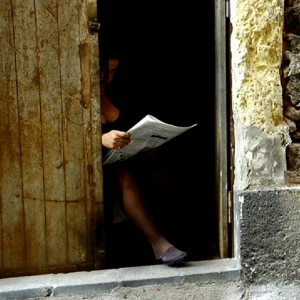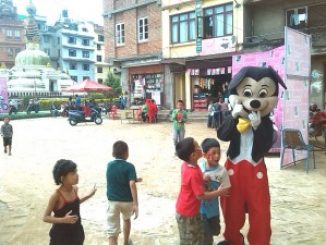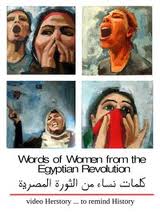
The ghosts of San Berillo
 Different cities follow one another on the same site and under the same name, writes Italo Calvino, born and dying without knowing one another, without communication among themselves. At time even the names of the inhabitants remain the same, and their voices’ accent, and also the features of the faces; but the gods who live beneath names and above places have gone off without a word and outsiders have settled in their place. It is pointless to ask whether the new gods are better or worse than the old, since there is no connection between them… We recommend you another Italian documentary movie: Edoardo Morabito and Irma Vecchio’s I fantasmi di San Berillo (2013), first prize at Torino Film Festival. The demolition of this old neighbourhood in the centre of Catania (Sicily), in 1958, was the biggest urban evisceration in post-war Italy, linked (as everything in the country) with Vatican’s Società Generale Immobiliare: 30.000 people where displaced towards the peripheries. It was the same year in which brothels were banned: prostitutes were forced to work underground, and what was left of San Berillo turned into one of the biggest “red light districts” of the Mediterranean. So the story of the neighbourhood went on for another half century, until 2001, when a new police operation evicted again prostitutes and transvestites from their houses and streets. Today many plots are still unoccupied, and some became new favelas (see this 2012 video). The documentary shifts visually from past to present, and the images are associated with the fascinating words of writer Goliarda Sapienza, born in San Berillo in 1924.
Different cities follow one another on the same site and under the same name, writes Italo Calvino, born and dying without knowing one another, without communication among themselves. At time even the names of the inhabitants remain the same, and their voices’ accent, and also the features of the faces; but the gods who live beneath names and above places have gone off without a word and outsiders have settled in their place. It is pointless to ask whether the new gods are better or worse than the old, since there is no connection between them… We recommend you another Italian documentary movie: Edoardo Morabito and Irma Vecchio’s I fantasmi di San Berillo (2013), first prize at Torino Film Festival. The demolition of this old neighbourhood in the centre of Catania (Sicily), in 1958, was the biggest urban evisceration in post-war Italy, linked (as everything in the country) with Vatican’s Società Generale Immobiliare: 30.000 people where displaced towards the peripheries. It was the same year in which brothels were banned: prostitutes were forced to work underground, and what was left of San Berillo turned into one of the biggest “red light districts” of the Mediterranean. So the story of the neighbourhood went on for another half century, until 2001, when a new police operation evicted again prostitutes and transvestites from their houses and streets. Today many plots are still unoccupied, and some became new favelas (see this 2012 video). The documentary shifts visually from past to present, and the images are associated with the fascinating words of writer Goliarda Sapienza, born in San Berillo in 1924.


